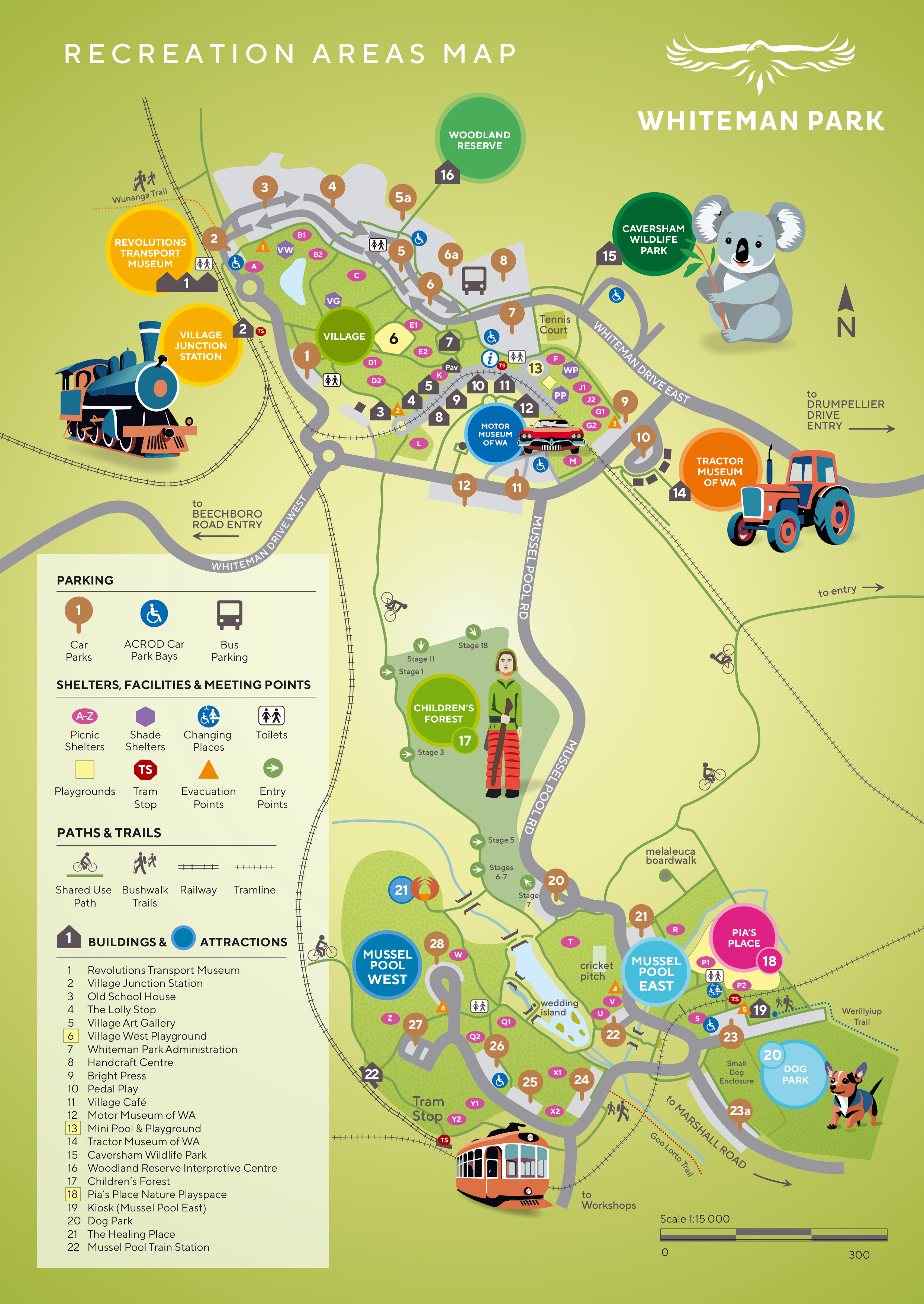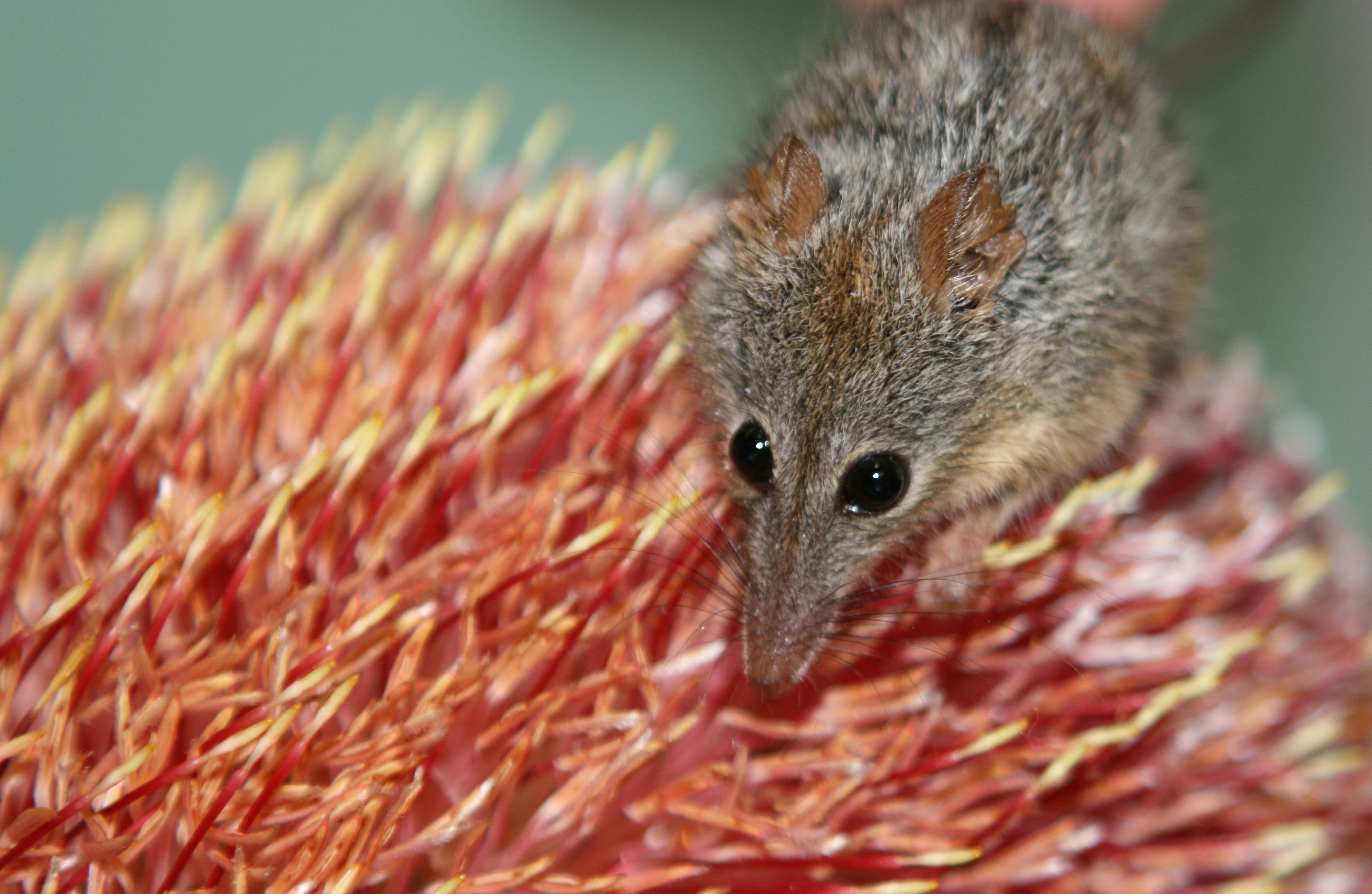Honey possum
Tarsipes rostratus
Despite its common name, the honey possum is technically not a possum at all! This is why it’s Noongar name – noolbenger – is ideal to avoid any confusion with their larger mammalian cousins.
Noolbengers are mostly nocturnal and will sleep wherever they can find shelter for their tiny bodies which only weigh up to 16 grams at the most!
These mouse-sized marsupials live on a diet of nectar and pollen – particularly from the Park’s five banksia species– and can drink 7ml of nectar a day. Thanks to their tiny size and reliance on floral nectar, noolbengers play a key role in the pollination of many flowering plants. This and their tiny size, means that they are also very susceptible to the impacts of climate change and changing seasons, as they require a year-round supply of nectar for survival.
It's unlikely you would ever come across these mini marsupials in the wild, but it is important to know that they are out there, doing a crucial job for the biodiversity in our unique bushland, which is also why they star in the logo of Woodland Reserve!
| Family | Tarsipedidae |
| Scientific name | Tarsipes rostratus |
| Noongar name | noolbenger |
| Common name | honey possum |
| Conservation status | Least Concern |
| Habitat | banksia woodlands |



